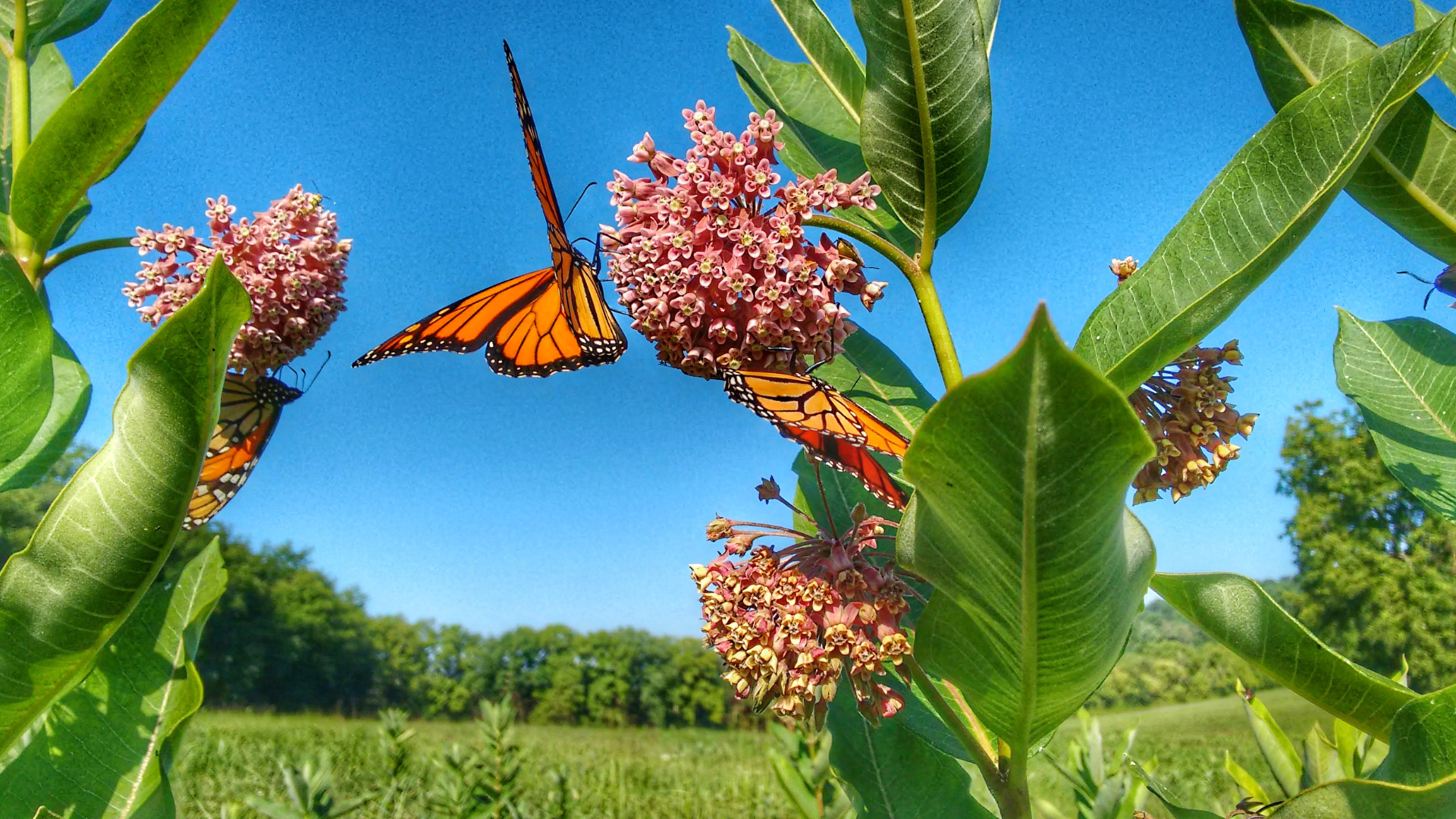Monarch butterflies are known for their incredible migratory journey. Each year, they travel thousands of miles from their breeding grounds in the northern United States and Canada to overwintering sites in Mexico. This migration occurs in the fall and is driven by environmental cues such as daylength and temperature. Monarchs enter a state called "reproductive diapause" during this migration, which means they delay reproduction until they reach their destination. In the spring, the butterflies return north, completing a round-trip journey.
Studying monarch butterflies is crucial for several reasons. They are an indicator species, meaning their health reflects broader ecosystem health. Their migration is one of the most remarkable phenomena in the natural world and understanding it can provide insights into the effects of climate change and habitat loss. Additionally, monarchs play a vital role in pollination and serve as an educational tool for teaching about biodiversity and conservation.
The monarch butterfly is divided into two main populations: the eastern and western populations. The eastern population migrates from eastern North America to central Mexico for overwintering, where they gather in oyamel fir forests in the states of Michoacán and Mexico. This migration is a remarkable journey covering thousands of miles.
In contrast, the western population migrates along the Pacific coast, from the western United States to coastal California and Baja California in Mexico. Western monarchs overwinter along the California coast, primarily in eucalyptus, Monterey pine, and cypress trees, exhibiting a shorter migration distance than their eastern counterparts.
While eastern monarchs breed across eastern North America, including the United States, Canada, and northeastern Mexico, western monarchs breed in the western United States and parts of western Canada. In the spring, eastern monarchs begin their journey northward from Mexico, while western monarchs migrate northward along the coast and westward to Arizona, Nevada, New Mexico, and other interior western states. These populations exhibit differences in their migration destinations, overwintering habitats, and breeding ranges, but both demonstrate remarkable migratory behaviors that continue to fascinate scientists and enthusiasts alike.
Tracking milkweed phenology is crucial when monitoring monarch migration because milkweed is the primary host plant for monarch butterflies to lay their eggs. Understanding the timing of milkweed emergence and growth helps scientists predict when monarchs will arrive in specific areas for breeding. Monarchs rely on milkweed for laying eggs and as a food source for their caterpillars, so the availability of milkweed directly influences their breeding success. By monitoring milkweed phenology, researchers can anticipate when and where monarchs will be present during their breeding season.
About Monarch Butterflies
NEEDS TO BE WRITTEN
Identification Tips
The Migration Study







